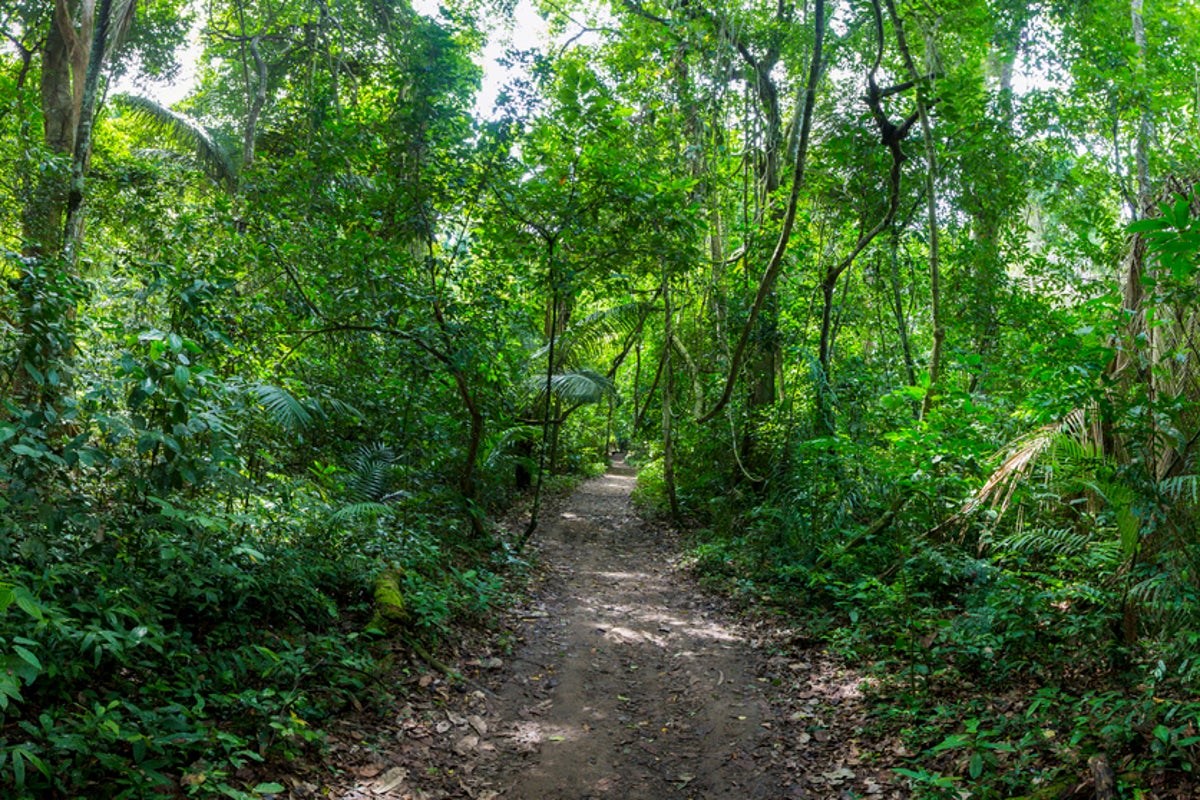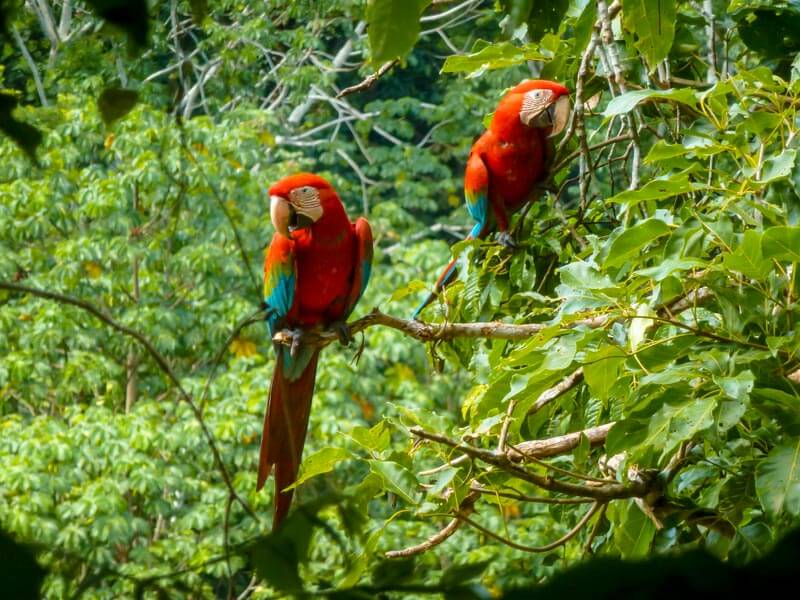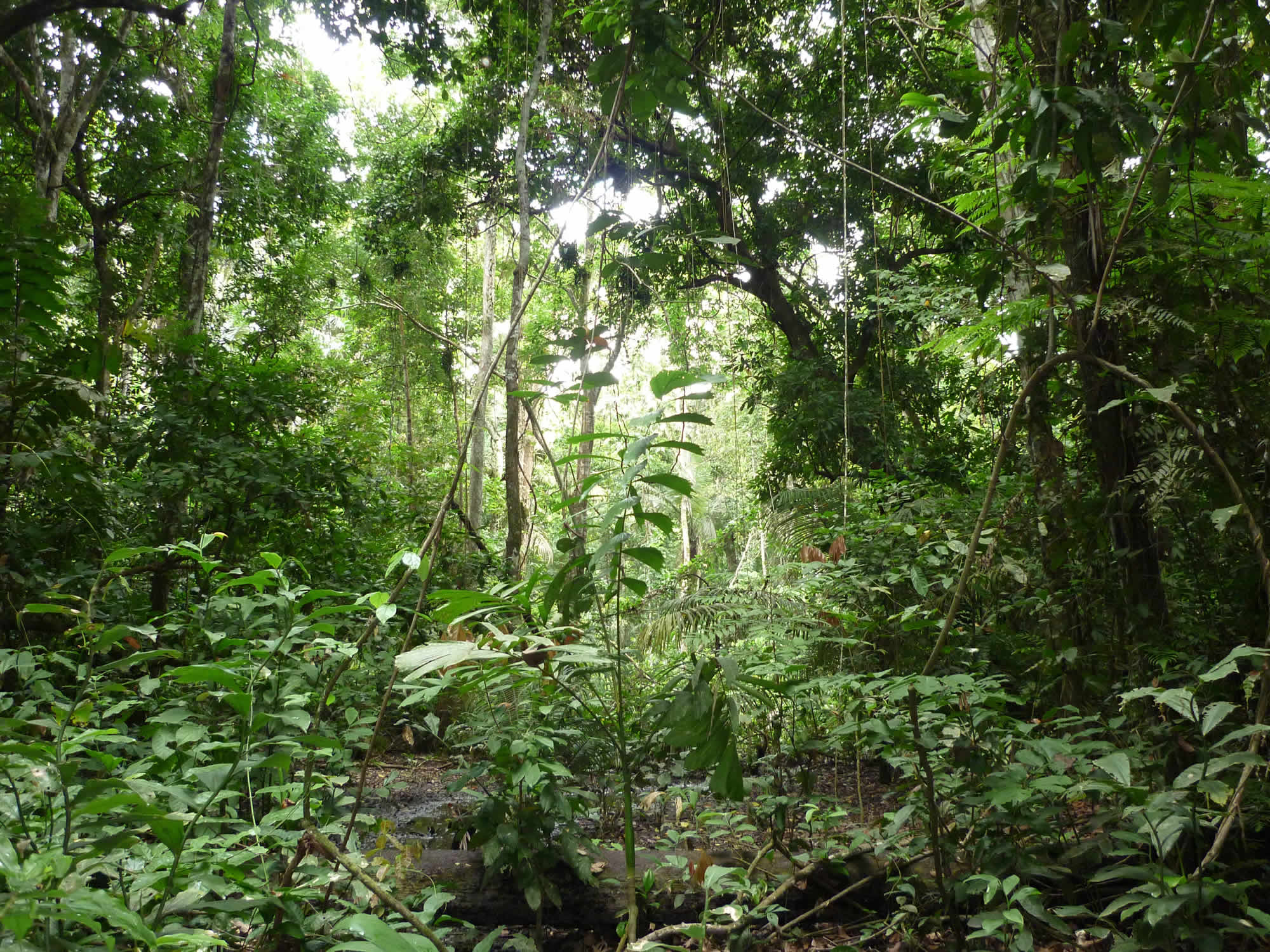Explore Madidi: Bolivia's Most Biodiverse Park
Introduction to Madidi National Park, Bolivia
Background of Madidi National Park
Madidi National Park, located in Bolivia, is a conservation area that spans over 18,900 square kilometres of diverse ecosystems. The park was established in 1995 and is known for its rich biodiversity and unique flora and fauna.
With its varying altitudes ranging from 200 to 6,000 meters above sea level, Madidi National Park boasts an array of landscapes, including lowland tropical rainforests, cloud forests, and high Andean grasslands.
Importance of Madidi National Park's biodiversity
The biodiversity of Madidi National Park is of immense importance due to its role in maintaining ecological balance and preserving endangered species. The park is home to over 1,000 bird species, 44% of Bolivia's known mammal species, and numerous plant species. Its diverse habitats support iconic wildlife such as jaguars, giant otters, Andean condors, and the rare spectacled bear.
Comparison Table: Madidi National Park's biodiversity
| Aspect | Madidi National Park |
|---|---|
| Bird Species | Over 1,000 species |
| Mammal Species | 44% of Bolivia's known species |
| Plant Species | Numerous |
| Iconic Wildlife | Jaguars, Giant Otters, Andean Condors, Spectacled Bears |
Madidi National Park stands out as a vital conservation area that not only protects diverse ecosystems but also supports a wide range of flora and fauna.

Location and Climate of Madidi National Park
Geographical features of Madidi National Park
Located in Bolivia, Madidi National Park covers over 18,900 square kilometres and encompasses a diverse range of ecosystems. From lowland tropical rainforests to cloud forests and high Andean grasslands, the park's varying altitudes provide a habitat for a rich array of flora and fauna.
Climate variations in Madidi National Park
Due to its wide altitudinal range, from 200 to 6,000 meters above sea level, Madidi National Park's climate varies significantly. This results in different microclimates within the park, supporting various species adapted to different temperature and humidity levels. The park experiences wet and dry seasons, influencing the availability of resources for its diverse wildlife.

Flora and Fauna of Madidi National Park
Diverse plant species in Madidi National Park
In Madidi National Park, you will find a wide variety of plant species due to its diverse range of ecosystems. From the lowland tropical rainforests to the cloud forests and high Andean grasslands, the park's different altitudes support vegetation adapted to different climatic conditions. This rich botanical diversity contributes to the park's status as a biodiversity hotspot.
| Plant Species | Description |
|---|---|
| Lowland Rainforest Plants | These plants thrive in the humid conditions of the lowland rainforests, with species such as orchids and palms. |
| Cloud Forest Vegetation | The cloud forests are home to mosses, ferns, and epiphytes that are adapted to the cooler, misty conditions. |
| High Andean Grassland Flora | At higher altitudes, you'll find grasses and shrubs that are well-suited to the colder climate of the Andes. |
Unique wildlife found in Madidi National Park
Madidi National Park is home to a remarkable variety of wildlife, with species adapted to the park's different ecosystems. From large mammals to tiny insects, the park supports a complex web of interactions between species, making it a prime location for biodiversity research and conservation efforts.
| Wildlife Species | Description |
|---|---|
| Jaguars | As top predators, jaguars roam the forests preying on a variety of animals, playing a crucial role in the ecosystem. |
| Spectacled Bears | These elusive bears are found in the cloud forests of Madidi, feeding on fruits, insects, and small mammals. |
| Andean Condors | The Andean condors soar high above the mountains in search of carrion, serving as scavengers and indicators of ecosystem health. |
Madidi National Park's diverse flora and fauna make it a unique and important conservation area, showcasing the rich biodiversity of the region.

Indigenous Communities in Madidi National Park
Presence of indigenous tribes in Madidi National Park
In Madidi National Park, several indigenous tribes have made their home for centuries, living in harmony with the diverse flora and fauna of the region. These tribes, such as the Tacana, Mosetén, and Chimane, have unique cultural practices and traditional knowledge that shape their relationship with the environment. The presence of these indigenous communities adds to the cultural richness of the park.
Cultural significance of indigenous communities in the park
The indigenous communities in Madidi National Park play a crucial role in preserving traditional customs and sustainable practices that have been passed down through generations. Their deep connection to the land and its resources is evident in their rituals, crafts, and agricultural techniques. By promoting respect for nature and fostering a sense of community, these indigenous tribes contribute to the conservation efforts within the park.
Madidi National Park's diverse ecosystem is not only a haven for a wide array of plant and animal species but also a home to indigenous tribes with invaluable knowledge and cultural heritage.

Ecotourism in Madidi National Park
Popular ecotourism activities in Madidi National Park
In Madidi National Park, ecotourism offers visitors the opportunity to immerse themselves in the pristine beauty of the Amazon rainforest while supporting conservation efforts. Activities such as guided jungle treks, birdwatching tours, and river kayaking provide a chance to explore the diverse ecosystems and spot rare wildlife species.
Visitors can also engage with indigenous communities to learn about their traditions and lifestyles, adding a cultural component to their experience.
Preservation efforts through sustainable tourism
Madidi National Park benefits from ecotourism to raise awareness about the importance of biodiversity conservation and support local communities. By promoting sustainable practices such as low-impact tourism, eco-friendly accommodations, and responsible wildlife viewing, the park can minimize its environmental footprint while generating economic opportunities for residents. Through guided tours led by knowledgeable local guides, visitors can gain a deeper appreciation for the park's ecological significance and contribute to its long-term protection.
Madidi National Park offers a unique opportunity for ecotourism enthusiasts to connect with nature, support conservation initiatives, and experience the wonders of the Amazon in a responsible and sustainable manner.

Threats to Madidi National Park
Challenges facing the conservation of Madidi National Park
Numerous challenges threaten conservation efforts in Madidi National Park aimed at preserving its rich biodiversity. Issues such as illegal logging, poaching, and habitat destruction due to agricultural expansion pose significant obstacles to maintaining the park's delicate ecosystems.
Limited resources and capacity for effective monitoring and enforcement further exacerbate these challenges, making it crucial for stakeholders to collaborate and implement sustainable conservation strategies.
Human impact on the biodiversity of Madidi National Park
Madidi National Park faces increasing pressure from human activity that negatively impacts its biodiversity. Deforestation for agriculture, mining operations, and infrastructure development not only degrade habitats but also disrupt wildlife populations, pushing some species towards endangerment or extinction. Pollution from urban centers and tourism activities further degrade water sources and soil quality, posing additional threats to the park's ecological balance and overall resilience.
Efforts to mitigate these impacts through awareness campaigns, community engagement, and stringent regulations are essential to safeguarding Madidi's natural heritage for future generations.

Conservation Efforts in Madidi National Park
Initiatives to protect the flora and fauna of Madidi National Park
Various initiatives are being implemented in Madidi National Park to protect its diverse flora and fauna from threats such as illegal logging, poaching, and habitat destruction. Measures like establishing protected areas, conducting biodiversity surveys, and promoting sustainable tourism aim to safeguard the unique species that call the park home.
By partnering with local communities and empowering them to participate in conservation efforts, authorities are fostering a sense of stewardship towards the park's natural resources, ensuring their long-term preservation.
Collaborative projects to safeguard the park's biodiversity
Madidi National Park benefits from collaborative projects that bring together government agencies, non-profit organizations, and research institutions to address its biodiversity challenges. Through joint research initiatives, habitat restoration programs, and capacity-building workshops, stakeholders work hand in hand to enhance monitoring and enforcement capabilities within the park.
By sharing resources and expertise, these collaborations strengthen conservation measures and support the development of sustainable practices that protect Madidi's ecological integrity amidst growing human pressures.

Visitor Information and Tips
Guidelines for visiting Madidi National Park
When visiting Madidi National Park, it is important to adhere to the guidelines set forth to ensure the preservation of its biodiversity. Respect the designated protected areas and refrain from straying into off-limits zones to minimize disturbances to the flora and fauna.
Follow all rules and regulations regarding waste disposal to keep the park clean and pristine for future generations to enjoy. Additionally, be mindful of noise levels and wildlife viewing etiquette to maintain a harmonious coexistence with the park's inhabitants.
Tips for a memorable and responsible visit
To make the most of your visit to Madidi National Park, consider hiring a local guide who can provide valuable insights into the park's flora, fauna, and conservation efforts. Opt for eco-friendly accommodations and activities that support sustainable tourism practices and minimize your environmental footprint. Carry essentials such as reusable water bottles, binoculars, and camera gear to enhance your experience while respecting the park's regulations.
By embracing a responsible approach to exploration, you not only contribute to the preservation of Madidi's natural wonders but also enrich your own journey through this biodiverse paradise.
